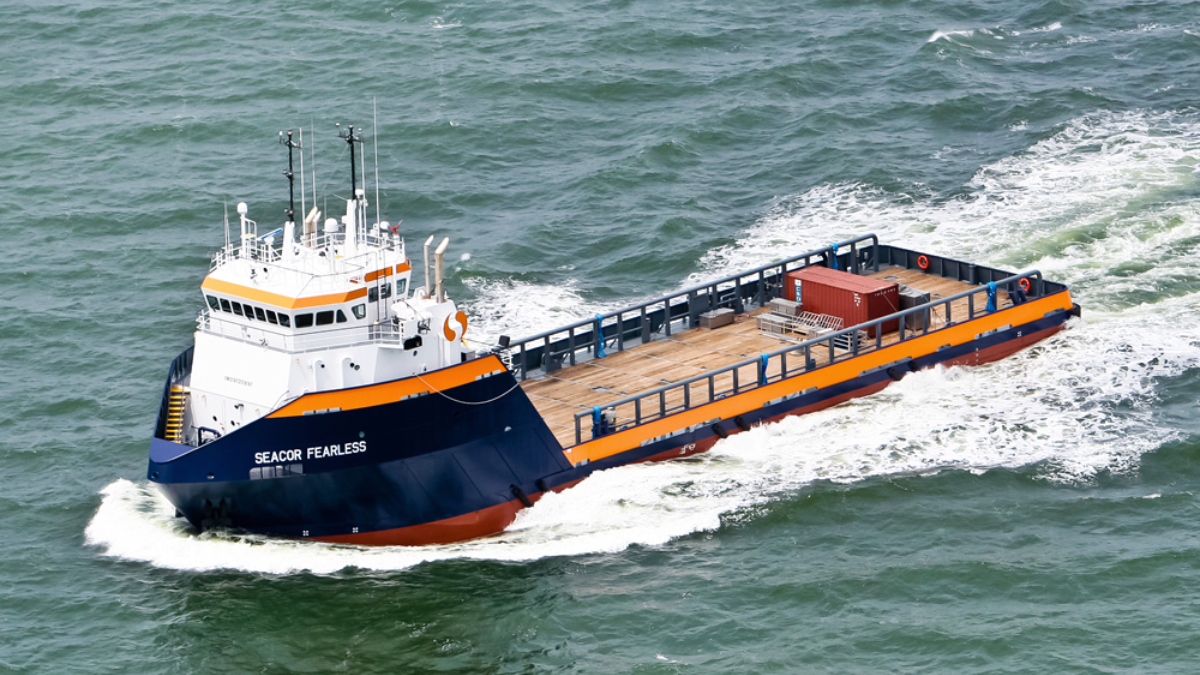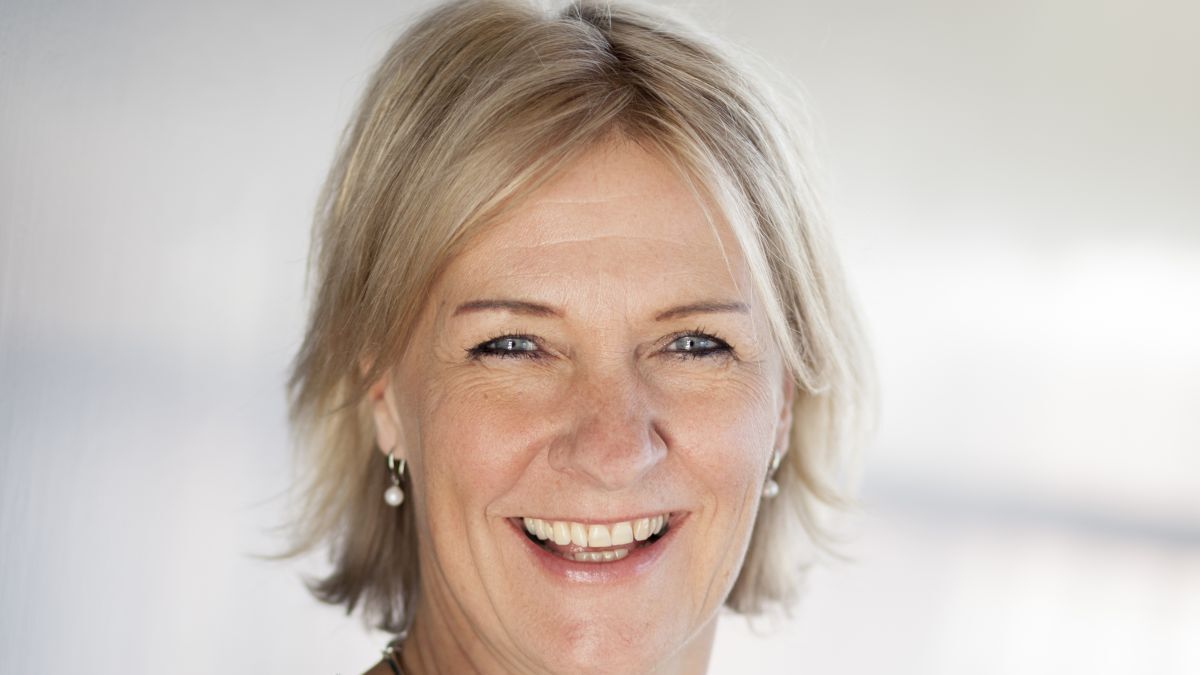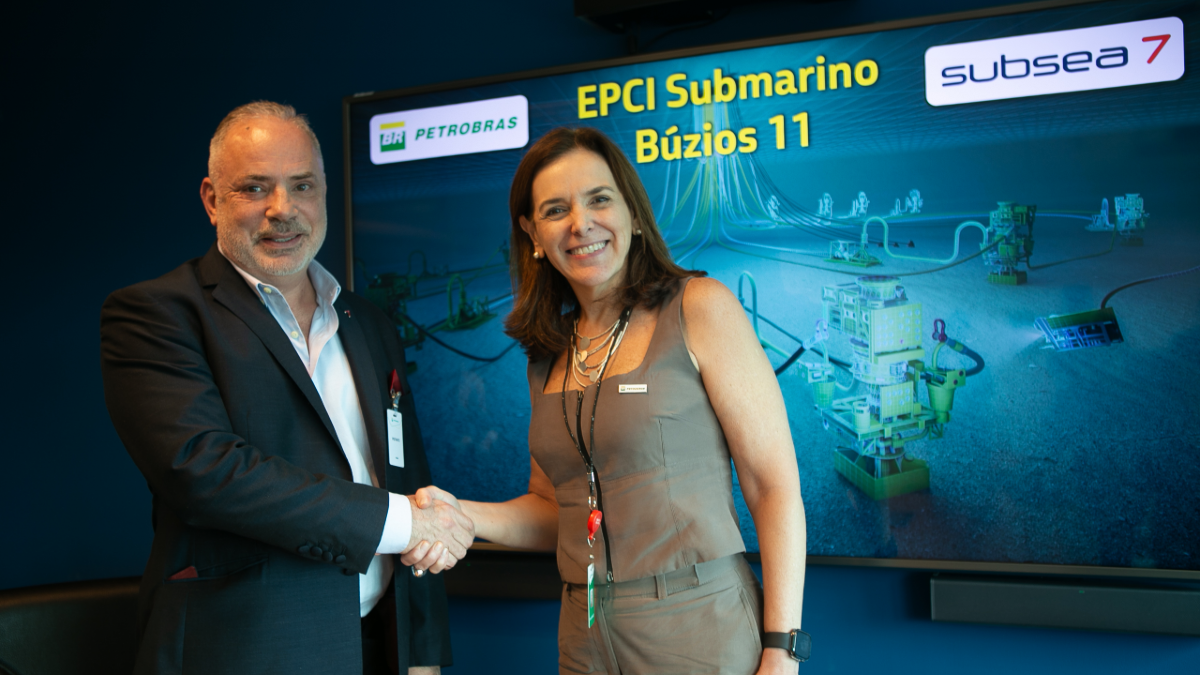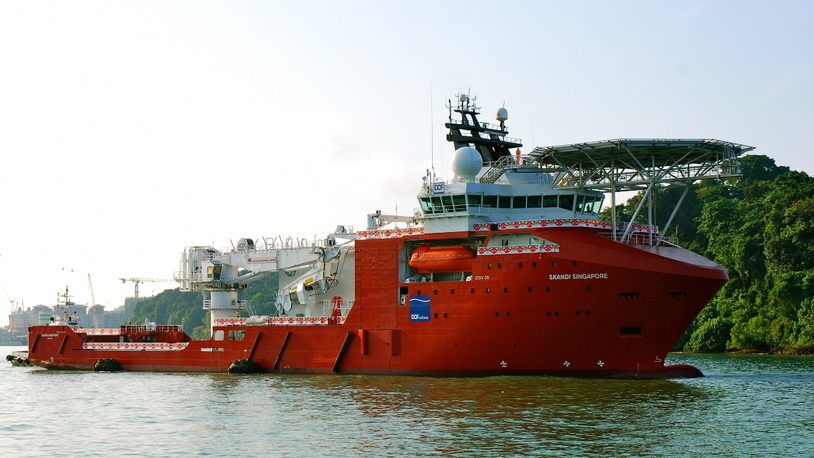Business Sectors
Contents
WWS takes delivery of a gem
When World Wide Supply (WWS) took delivery of its Damen 3300 platform supply vessel (PSV) World Diamond at the end of June it would seem that another nail had been driven into the coffin of the traditional flared bow form that has been dominant in PSV construction for so long.
The stark lines of World Diamond add yet another bow form to the sector following on from Ulstein’s X-Bow and new designs from Vard and Rolls-Royce. The new Damen design, which strongly resembles the company’s Sea Axe bow form, goes as far as doing away with the bulbous bow which is still evident on almost all PSVs but the X-Bow.
The design for the vessels was first shown at the last Europort Show in Rotterdam in 2011 as one in a series of various sized vessels ranging from 1,500 dwt to 6,000 dwt. At 3,300 dwt, the World Diamond is in the middle of that range, and has been given a flying start in the reference stakes with a six-ship order from its Norwegian owner.
The initial contract signed by the newly formed World Wide Supply just a few weeks after the unveiling of the design was for four vessels with the order being extended to six during 2012. At the time the contract was placed Damen described the vessel as a “workhorse with good seakeeping qualities, reduced maintenance and reduced emission levels”.
Five of the six vessels are already in the water with the fifth vessel – World Opal – launched on the same day as World Diamond was named and handed over by Damen’s Galati shipyard in Romania. Three of the other four vessels have been named as World Emerald, World Pearl and World Peridot.
“Delivery of this first PSV 3300 represents a new era in Damen’s continuing offshore supply vessel story,” said Arnout Damen, Damen group’s chief operating officer. “This has been a truly collaborative project, with Damen drawing on expertise from within the group and the client and also from partners among leading research institutes and subcontractors.”
Steinar Kulen, representing WWS, said: “The co-operation on World Diamond’s design has ensured the delivery of a mid-size PSV capable of worldwide operations to meet the market to come. We have also been very happy with the co-operation with Damen on the build and with the quality and construction undertaken by the yard in Galati.”
Mr Kulen said four of the six PSV 3300s had secured long-term contracts supporting Petrobras, offshore Brazil. The remaining two are expected to be offered to the North Sea spot charter market.
Its novel bow form aside, the new ship builds upon the earlier Damen PSV 3000. The company even went so far as designing the new range based on operational studies, feedback and questionnaires from crew and operators of the Damen PSV 3000, 4500 and even non-Damen PSVs.
Development of the new design involved extensive CAD/CAM modelling by Damen Shipyards Gorinchem in the Netherlands and rigorous model testing at Marin (Maritime Research Institute Netherlands).
This resulted in a modern hull with lower resistance and extremely good seakeeping behaviour. Tank tests during the development stage would seem to suggest that slamming has been reduced to very low levels. Crew comfort is therefore improved and in a sector where there is fierce competition for crew this should make the vessel an attractive proposition. The accommodation on the vessel is claimed to have been designed to the very latest standards of the offshore support vessel industry. Each cabin is provided with internet, telephone and satellite TV. There are cabins for 16 crew and six passengers.
As a PSV, its continued employment will mainly depend upon its usefulness to charterers, and here Damen has tried to raise the standard. The vessel boasts a 700m2 maindeck and its deck load of 1,500 tonnes means it can carry 10 per cent more cargo than Damen’s former PSV 3000 type.
Under deck there are 10 tanks. Four are for dry bulk and located aft of six more tanks for liquid cargoes. The dry bulk tanks have a combined capacity of 259m3 while the other six tanks range from 454m3 to 1,694m3. The pumping arrangements comprise six pumps of 150m3/hr – two each for fuel/base oil, two for fresh water and two for drill water. In addition there are two 75m3/hr liquid mud/brine pumps and two 75m3/hr compressors.
Adding to its merits, the vessel is not restricted to carrying cargo and personnel but also offers fire-fighting and oil pollution recovery capability. The vessel’s fire-fighting capability comprises a 2,400m3/hr water spray system.
Even though it has a larger cargo capacity, the new vessel will have improved speed performance with the same engine size, facilitating significant savings in fuel costs and emissions.
World Diamond and its sisters have a diesel-electric propulsion system with four Caterpillar engines at its core. A pair of Caterpillar 3512Cs, each providing 1,380 ekW at 1,800 rpm, are complemented by two C32s rated at 947 ekW at 1,800 rpm. In addition there is a single Caterpillar C-09 emergency/harbour generator producing 238 ekW.
The main engines are fitted with selective catalytic reduction systems allowing them to meet nitrogen oxide (NOx) regulations. Other environmentally friendly features are waste heat recovery systems on the engines and ballast water treatment.
The vessel’s propulsion motors each drive an azimuthing thruster with a 2.3m diameter fixed pitch propeller. To complete the ship’s dynamic positioning class 2 capability there are two bow thrusters each with a diameter of 1.74m and rated at 735kW. OSJ
Related to this Story
Events
TUGTECHNOLOGY '25
Reefer container market outlook: Trade disruption, demand shifts & the role of technology
Asia Maritime & Offshore Webinar Week 2025
Marine Lubricants Webinar Week 2025
© 2024 Riviera Maritime Media Ltd.













